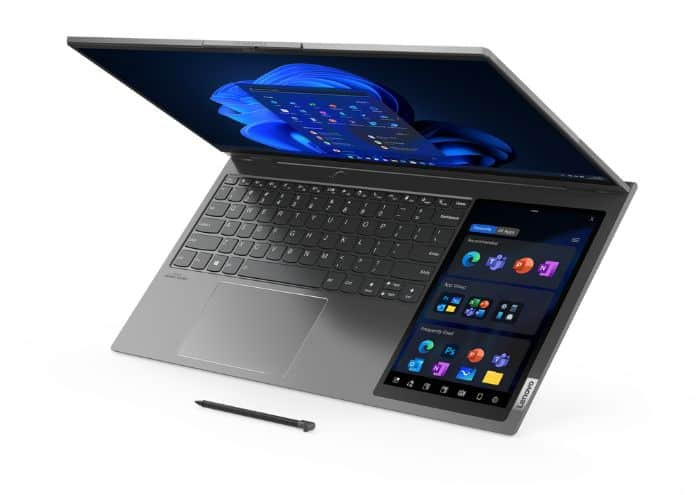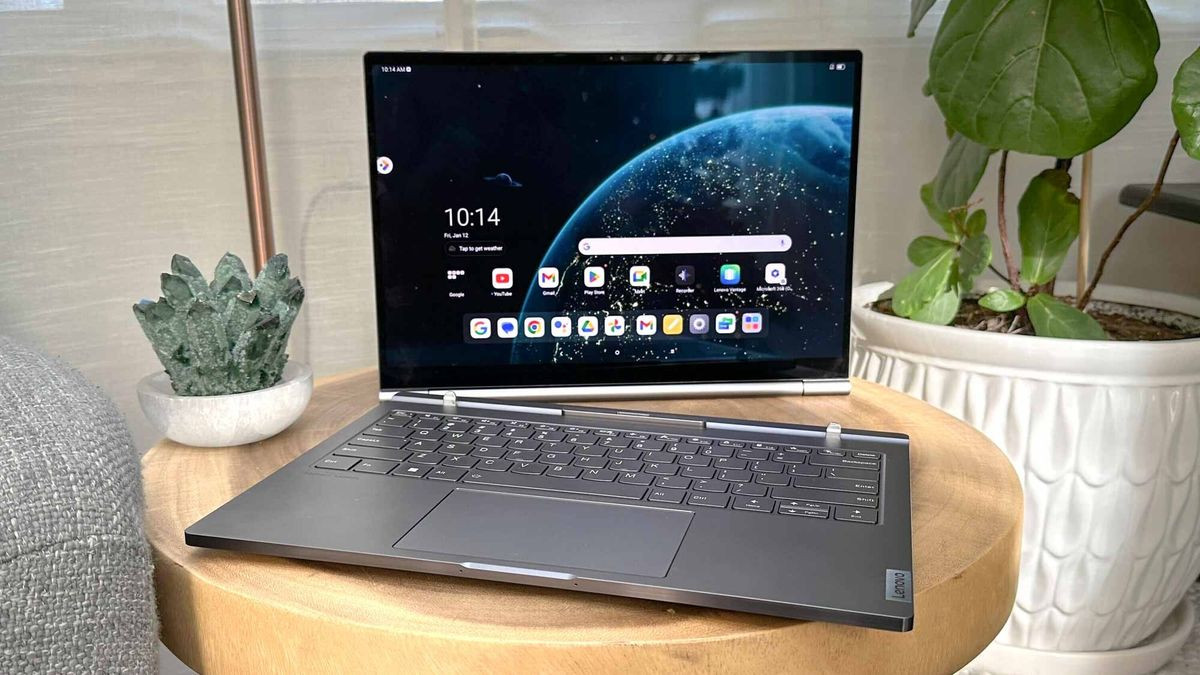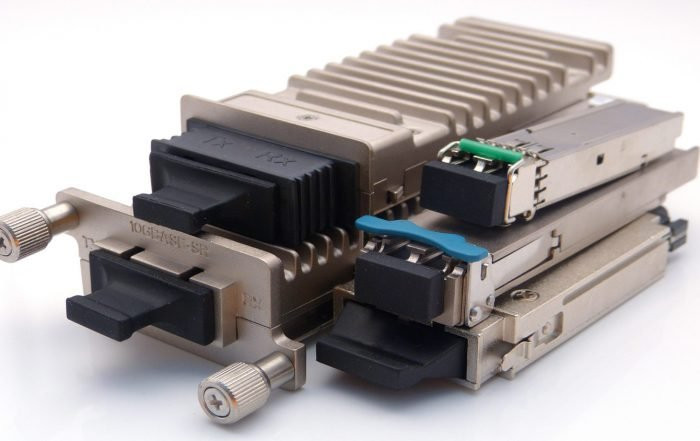Lenovo has launched the ThinkBook Plus Gen 5 Hybrid, a device that blends the functionality of a Windows laptop and an Android tablet into one. The device, which was first showcased at CES 2024, is now available for pre-order in China and is expected to launch globally in the coming months. It features a 14-inch OLED display, a powerful Qualcomm Snapdragon 8+ Gen 1 processor for the Android tablet side, and a robust Intel Core Ultra 7 155H processor for the Windows laptop base. This unique combination allows users to seamlessly transition between the two operating systems, offering flexibility and a unique user experience.
ThinkBook Plus Gen 5 Hybrid: A Multifaceted Device
The ThinkBook Plus Gen 5 Hybrid is more than just a two-in-one device. It's essentially two separate computers working together to provide a hybrid experience. The top half of the device functions as a standalone Android tablet with its own processor, RAM, and storage. When connected to the keyboard base, it transforms into the display of a full-fledged Windows laptop, harnessing the power of the Intel CPU, more RAM, and a larger storage capacity.
Android Tablet Experience
The Android tablet side of the ThinkBook Plus Gen 5 Hybrid is a compelling device in its own right. It features a 14-inch, 2.8K OLED display with 100% DCI-P3 color gamut, delivering vibrant colors and sharp visuals. The Qualcomm Snapdragon 8+ Gen 1 processor, paired with 12GB of LPDDR5x RAM and 256GB of UFS 3.1 storage, ensures smooth performance for everyday tasks and entertainment. The tablet also boasts a 38 Wh battery, quad speakers, a 13MP + 5MP rear camera setup, and a 1080p front camera with IR support for secure facial recognition.
Windows Laptop Performance
The keyboard base, which functions as the Windows laptop, houses the more powerful Intel Core Ultra 7 155H processor. This 16-core CPU, along with 32GB of LPDDR5x-7467 RAM and a 1TB PCIe Gen 4 M.2 2280 SSD, provides ample performance for demanding tasks like video editing, gaming, and multitasking. The base also features a 75 Wh battery, two Thunderbolt 4 ports, a 3.5mm audio jack, and a fingerprint reader.
A Hybrid Approach to Computing
While dual-boot devices that combine Windows and Android have been attempted in the past, they often struggled to provide a smooth and integrated experience. The ThinkBook Plus Gen 5 Hybrid takes a different approach by effectively creating two separate devices that work together seamlessly. This allows users to experience the best of both worlds, leveraging the portability and app ecosystem of Android and the power and productivity of Windows.
Potential Benefits and Drawbacks
The ThinkBook Plus Gen 5 Hybrid offers a unique and potentially enticing proposition for users who seek a multi-functional device. Its flexibility and ability to switch between operating systems on the fly can be advantageous for various use cases, including productivity, entertainment, and creative work.
However, the device also has its drawbacks. One concern is the shared 10GB storage space between the two operating systems, which might be insufficient for users who require extensive storage capacity. Additionally, the price of the device, which is currently priced at 15,999 yuan (about $2,240) in China, could be a deterrent for some consumers. While it remains to be seen how the ThinkBook Plus Gen 5 Hybrid will be received by the market, its unique approach to computing is certainly an intriguing development in the ever-evolving world of portable devices.
The Future of Hybrid Computing
Lenovo’s ThinkBook Plus Gen 5 Hybrid is a testament to the ongoing innovation in the portable computing space. By combining the strengths of both Windows and Android platforms, Lenovo has created a device that could redefine the way we use computers. While it remains to be seen if this hybrid approach will gain widespread adoption, it certainly represents an interesting direction for the future of computing.
It is important to note that the ThinkBook Plus Gen 5 Hybrid’s release is a significant milestone in the history of computing. It demonstrates a willingness to push boundaries and explore new ways to provide users with more choice and flexibility in their computing experiences. As technology continues to evolve, we can expect to see even more innovative and exciting hybrid devices emerging in the market.


















